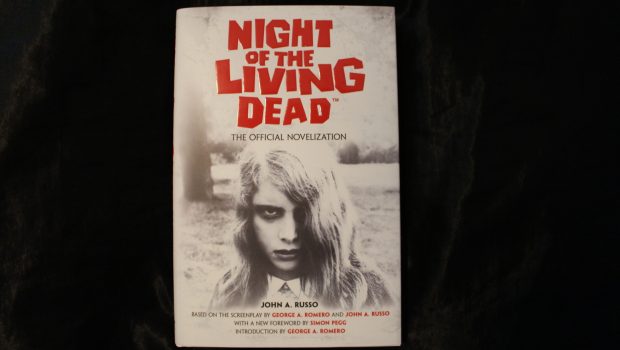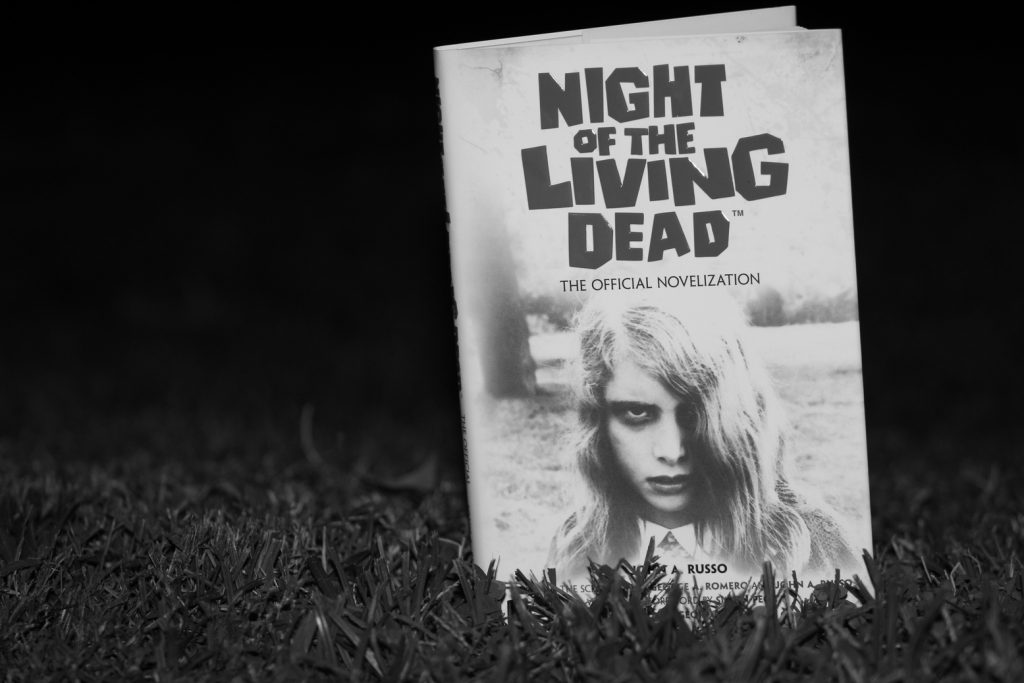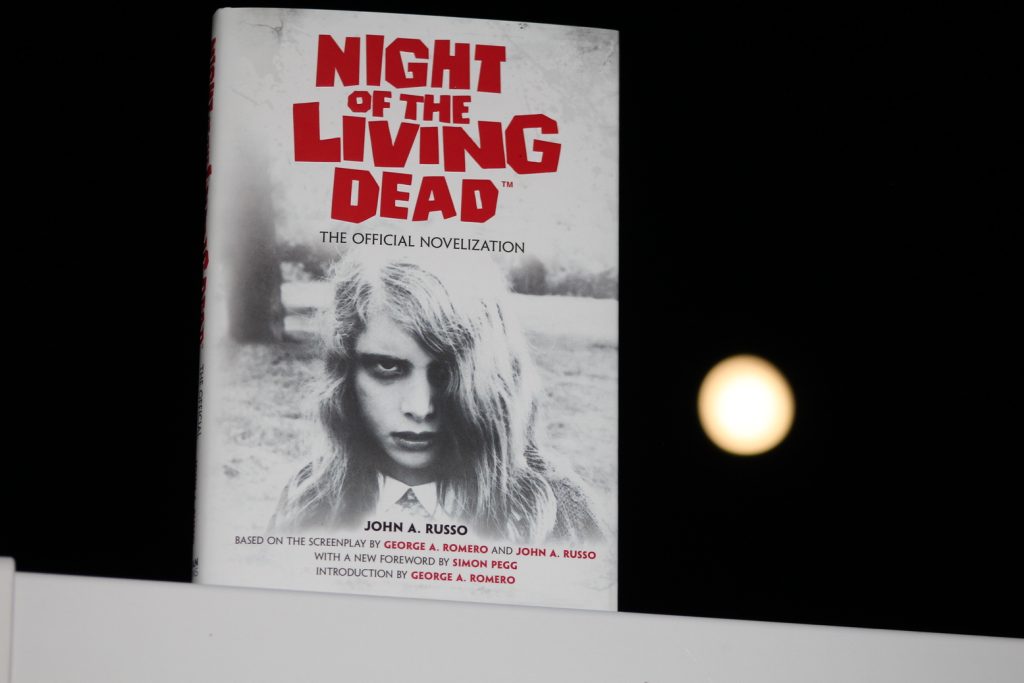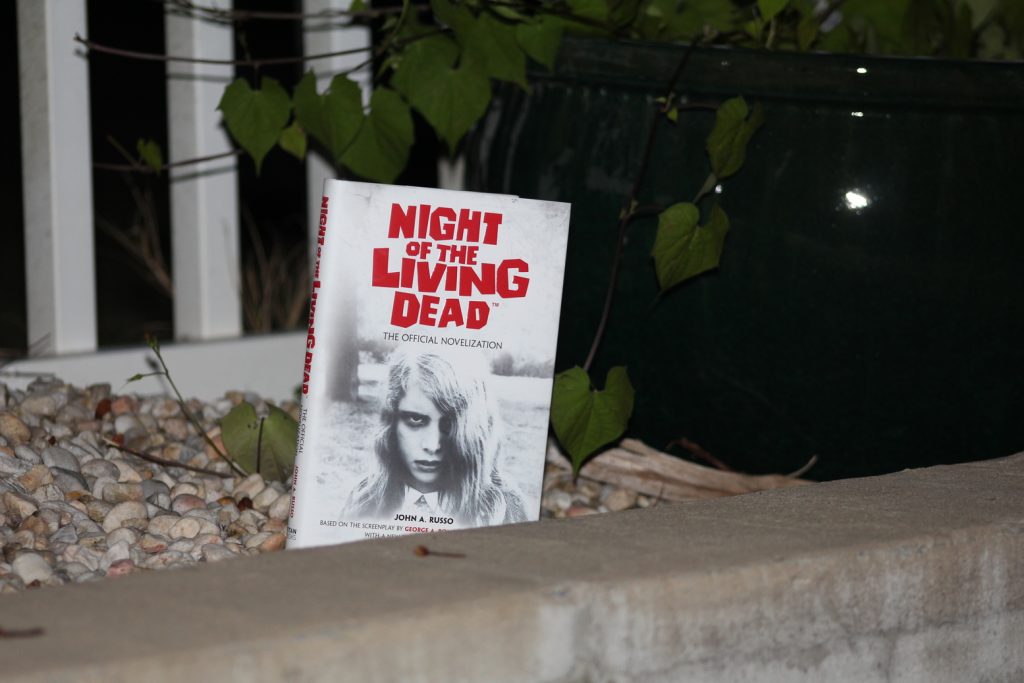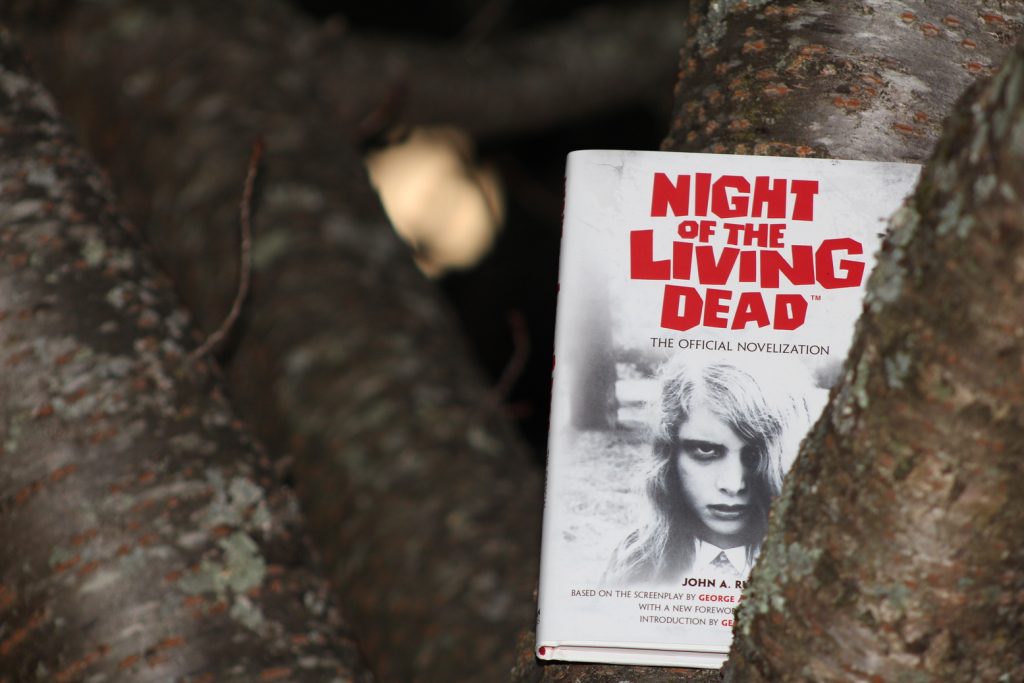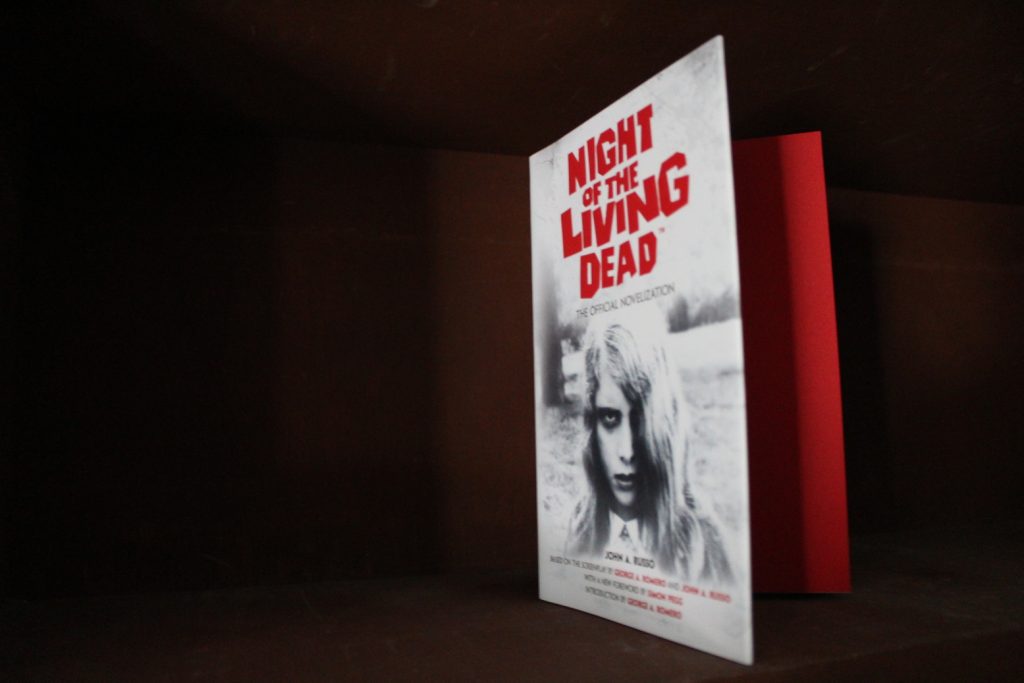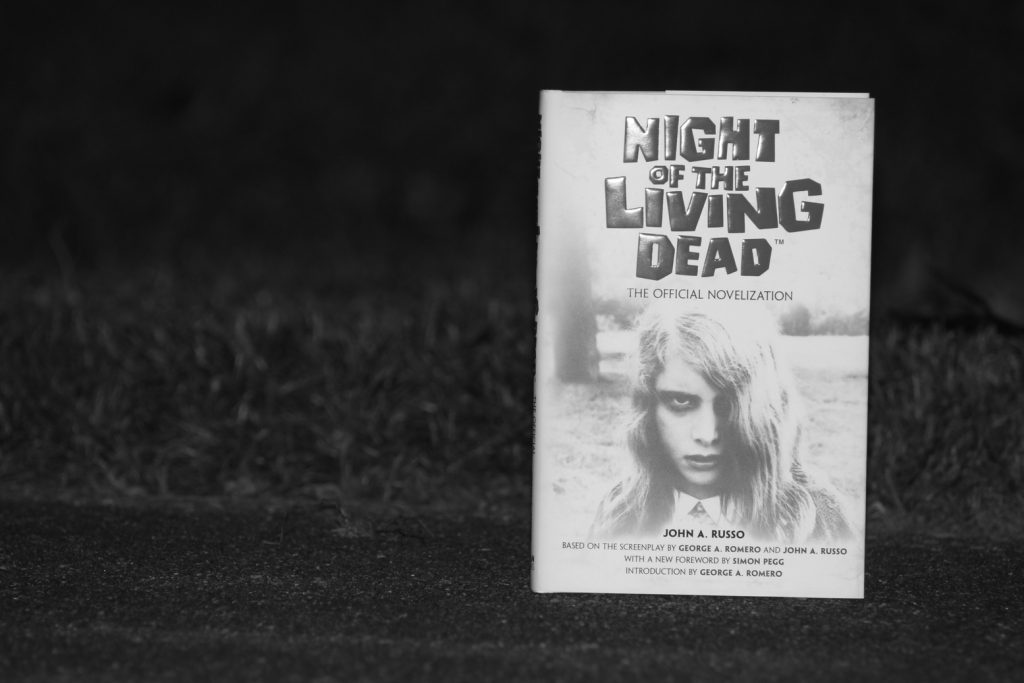Night of the Living Dead – The Official Novelization Review
Summary: Night of the Living Dead: The Official Novelization by John A. Russo follows a group of strangers trapped in a farmhouse as they try to survive an outbreak of the undead. While it faithfully retells the events of Romero’s classic film, the writing can feel abrupt and screenplay-like, sometimes lacking the depth or tension readers might expect. Still, it’s an engaging read for fans of the movie and offers some added details that make revisiting this classic story worthwhile.
3
Undying Unrest
When I was younger, zombies were just cool monsters to me, mindless enemies in video games, something to blast apart rather than think about. That changed in middle school when a friend introduced me to the more intimate world of zombie fiction, especially George A. Romero’s Night of the Living Dead. We were obsessed, watching it over and over, fascinated not only by its scares but by the strange humanity lurking beneath its horror. The idea of experiencing that classic story in a different format was immediately appealing with the release of Night of the Living Dead: The Official Novelization. Published by Titan Books on September 30th of 2025, this edition of John A. Russo’s novelization revisits a cornerstone of horror cinema, complete with a new foreword by Shaun of the Dead’s Simon Pegg, a 1974 introduction by Romero himself, and a 2010 preface from Russo. For fans of both the film and the genre, it feels like an event release and one that hits just in time for Halloween.
Before diving into the book itself, it’s worth remembering the cultural weight of Romero’s original 1968 film. Night of the Living Dead redefined horror with its stark, minimalist black-and-white visuals and raw social commentary. Yes, it was about flesh-eating ghouls, but it was also about survival, paranoia, and the breakdown of humanity when faced with the unthinkable. It carried unintentional but powerful racial and political undertones, particularly through the casting of Duane Jones as Ben, a Black protagonist in an era when that was almost unheard of. That haunting ending, coupled with Romero’s unflinching direction, helped turn a simple horror story into a mirror reflecting the turbulence of its time.
Russo’s novelization retains that structure, following Barbara and Johnny as their cemetery visit turns to terror and Barbara flees to a farmhouse filled with strangers, all of them desperate to survive a night surrounded by the recently dead. As a co-writer of the film’s original screenplay, Russo is uniquely positioned to reimagine this material, and much of the book reads like a direct translation of the movie’s scenes into prose. Dialogue and pacing mirror the film so closely that it can sometimes feel like a highly detailed retelling, but that fidelity also brings its own charm. Russo expands on certain moments that deepens the parts of the story and its final notes.
As for the writing itself, it’s a mixed bag, but an enjoyable one. Russo’s narration is straightforward and descriptive enough to keep the momentum going, particularly in his vivid depictions of the flesh-eaters. The written format gives Russo room to be more descriptive and explicit, allowing the horror to unfold in your imagination in ways the film could only suggest. At times, though, the writing feels a bit abrupt or even “screenplay-esque,” as if Russo were narrating the movie rather than crafting a standalone novel. It’s not bad, just a little flat compared to the emotional intensity one might expect. The transitions between scenes can feel rushed, and certain sections drag on longer than necessary. Still, at 280 pages, the book’s pacing and accessibility make it a fast, entertaining read, even when parts feel somewhat mechanical.
Titan Books’ presentation deserves credit, too. The minimalist cover design of white, black, and red, evokes the film’s stark tone beautifully. The red lining inside the jacket is a striking touch that complements the theme of blood and decay without feeling gimmicky. Combined with its historical material of the introductions from Pegg, Romero, and Russo, this edition doubles as both a collector’s item and a fascinating archival piece of zombie cinema history. Pegg’s foreword offers a contemporary reflection on how Romero’s work influenced a generation of filmmakers and how Night of the Living Dead became a touchstone for social commentary through horror. Romero’s own words remain the highlight, full of gratitude and honesty about his team’s scrappy beginnings and their accidental creation of a cultural phenomenon.
Final Thoughts?
Night of the Living Dead: The Official Novelization serves as a nice preservation of the film’s legacy. Russo’s writing may not reach literary heights, but it captures the mood, the dread, and the claustrophobic tension that made the film immortal. It’s a quick, satisfying revisit for longtime fans and an accessible entry point for newcomers looking to brush up on their zombie lore this Halloween. While it occasionally stumbles in tone or depth, it’s still a worthy addition to any horror bookshelf. It acts as a love letter to a genre that refuses to stay dead.


